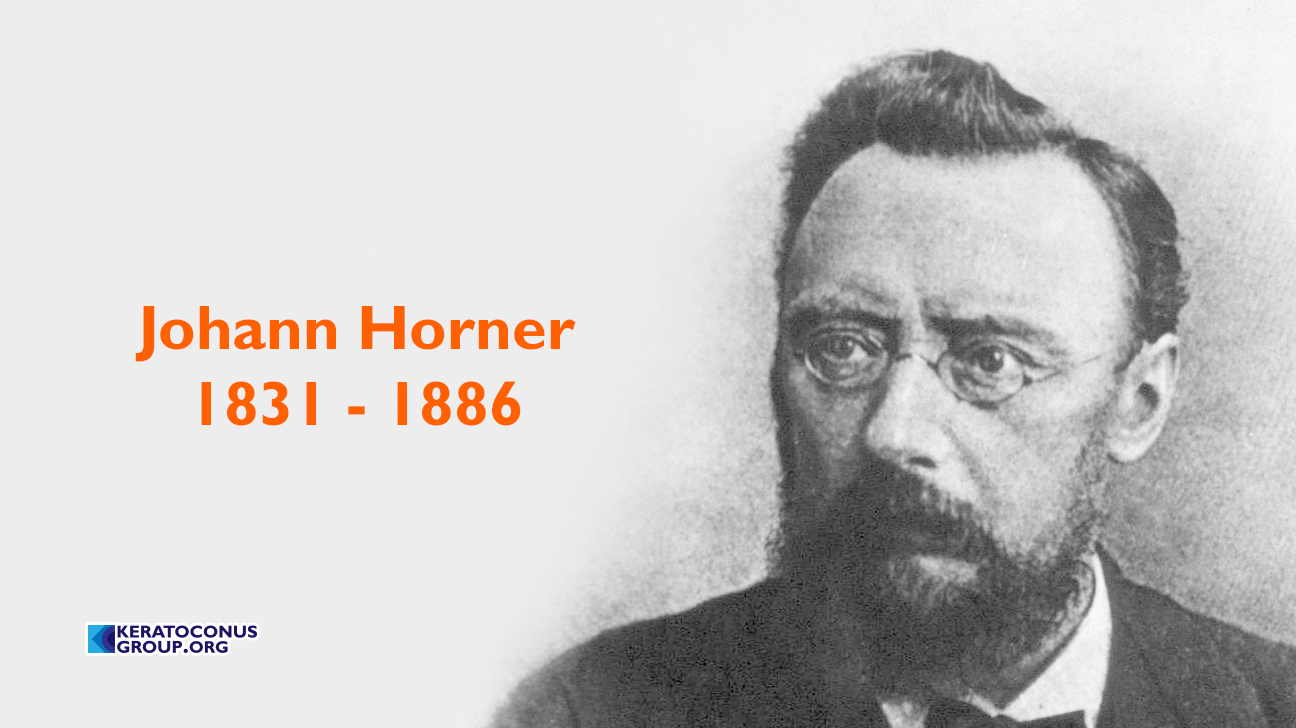
What is Keratoconus?
The word Keratoconus (kěr'ə-tō-kō'nəs) means cone-shaped cornea. keratoconus is an eye disease characterized by progressive thinning of the cornea, causing the middle of the cornea to thin, bulge outward, and form a rounded cone shape. According to the National Eye Institute, keratoconus is the most common corneal dystrophy in the U.S., affecting one in every 2,000 Americans
But where did the name of Keratoconus came from? continue reading to find out.The Origins of Keratoconus
The first description of keratoconus can be traced back to the works of Benedict Duddell who was born around 1695 and died around 1759 to 1767.
In 1736 Duddell published a treatise, "The Diseases of the Horny-coat of The Eye", which includes one of the earliest descriptions of what we know today as keratoconus. in his work, he describes a 14-year-old boy with "the corneas very prominent, like obtused cones, which were sufficiently conspicuous".

Latter in 1748, German anatomist and surgeon, Burchard Mauchart, provided a more detailed description of a case similar to keratoconus, which he called "staphyloma diaphanum".
Conical cornea was first described in great details in 1854 by British physician John Nottingham. in his text "Practical observations on conical cornea" he also distinguished the condition from other forms of corneal ectasia.
It is believed that it was Swiss ophthalmologist Johann Horner who gave Keratoconus its current name in 1869 by titling his thesis "Zur Behandlung des Keratoconus" or "On the treatment of keratoconus".

Several other physicians have contributed to our today's understanding of keratoconus. we may not be able to mention their names here, but we are thankful to all of them.
